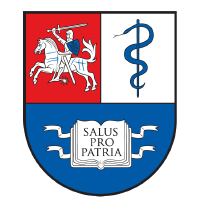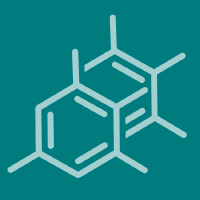Topic Menu
► Topic MenuTopic Editors





New Compounds Discovery and Development in Medicine — Advances in Research on Potential Therapeutic Agents and Drug Candidates
Topic Information
Dear Colleagues,
Despite the enormous progress of science and technology, we are not able to cure many diseases. Recent years' research shows that there is a great need for new, safe drugs in almost every field of medicine and pharmacy, including in cardiology, neurology, oncology, microbiology, parasitology, virology, dermatology, hematology, endocrinology and others. Therefore, the search for new compounds and substances of potential therapeutic importance is an important and urgent challenge for modern medicine. Publications that would be of special interest in our Special Topic may include research and future perspectives on various compounds exhibiting a broad spectrum of biological activity (in vitro, in vivo and in silico studies). Research aimed at determining the molecular mechanism of action of new compounds for their potential application in therapy will also be interesting.
The search for new, active compounds is a tedious and lengthy process. The recent advances in research conducted towards the discovery of potential therapeutic agents and drug candidates, presented as part of this Special Topic, will allow the medical community to be provided with the latest knowledge in this field.
In this Special Topic, will publish original experimental research, reviews and preclinical observations regarding new biologically active compounds discovery and development in medicine.
Prof. Dr. Anna Bogucka-Kocka
Dr. Przemysław Kołodziej
Prof. Dr. Monika Wujec
Prof. Dr. Roman Lesyk
Dr. Jacek Bogucki
Topic Editors
Keywords
- new bioactive compound
- new drug candidates
- potential therapeutic agents
- molecular mechanisms
- molecular targets, molecular docking
- cell growth and differentiation
- genetic therapy
- treatment of civilization diseases
- antioxidants
- anti-infective activities (antiparasitic, antimicrobial, antiviral, and antifungal activity), anticancer activity
- apoptosis
- autophagy
- clinical pharmacology
- medicinal chemistry
Participating Journals
| Journal Name | Impact Factor | CiteScore | Launched Year | First Decision (median) | APC |
|---|---|---|---|---|---|

Biomedicines
|
4.7 | 3.7 | 2013 | 15.4 Days | CHF 2600 |

Journal of Clinical Medicine
|
3.9 | 5.4 | 2012 | 17.9 Days | CHF 2600 |

Journal of Personalized Medicine
|
3.4 | 2.6 | 2011 | 17.8 Days | CHF 2600 |

Medicina
|
2.6 | 3.6 | 1920 | 19.6 Days | CHF 1800 |

Pharmaceutics
|
5.4 | 6.9 | 2009 | 14.2 Days | CHF 2900 |

Molecules
|
4.6 | 6.7 | 1996 | 14.6 Days | CHF 2700 |

MDPI Topics is cooperating with Preprints.org and has built a direct connection between MDPI journals and Preprints.org. Authors are encouraged to enjoy the benefits by posting a preprint at Preprints.org prior to publication:
- Immediately share your ideas ahead of publication and establish your research priority;
- Protect your idea from being stolen with this time-stamped preprint article;
- Enhance the exposure and impact of your research;
- Receive feedback from your peers in advance;
- Have it indexed in Web of Science (Preprint Citation Index), Google Scholar, Crossref, SHARE, PrePubMed, Scilit and Europe PMC.

